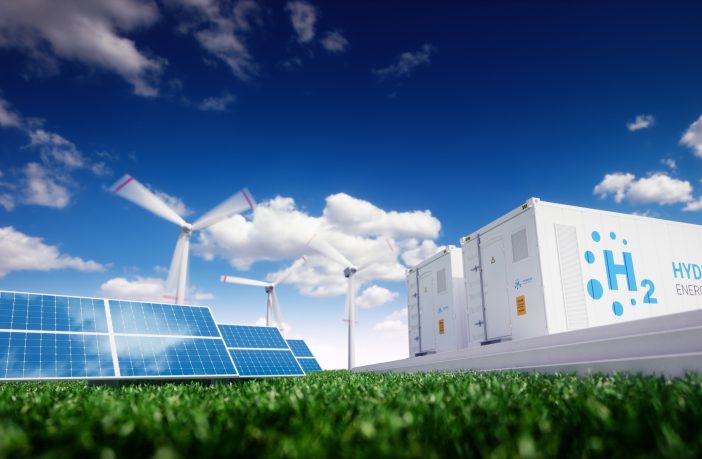Opinion
- Renewable energy sources – hydrogen in particular – is put under the spotlight.
- Delegates were interested in opportunities that could come with renewables adoption, while being mindful of some of the existing challenges the industry faces in the upstream regulatory space.
- LNG sector is starting to integrate solar and big battery power.
- A common message is the complementary nature of the LNG and hydrogen businesses.
The Australian Petroleum Production & Exploration Association (APPEA) is the peak national body representing Australia’s oil and gas exploration and production industry. It has about 60 full member companies. Wood Mackenzie’s Australasian senior research manager Adele Long highlights a few significant takeaways from the APPEA conference held two weeks ago.
Renewables can benefit the upstream business
One of the hottest topics at APPEA was how to use renewables to benefit an upstream business, rather than replace it. At APPEA, Darwin LNG operator ConocoPhillips said it would be the first LNG facility globally to use batteries to run plant turbines. Similarly, Woodside is installing a 1 MWh lithium-ion battery on its Goodwyn A platform offshore the North West Shelf (NWS) to reduce unused back-up generation capacity. It is also investigating using industrial-scale solar to power the NWS LNG plant. This became a common theme throughout the conference – using new technologies to not only be greener, but also release valuable fuel gas for incremental sales volumes.
At the conference, Wood Mackenzie surveyed over a hundred delegates to find out their views on the hot topics. Given climate change is such a divisive topic in Australia at the moment, they asked participants:
From the number of queries we fielded on hydrogen at the Wood Mackenzie APPEA stand, it became clear that the industry is now beginning to take this ‘fringe’ fuel very seriously. As we highlighted in our Global trends: what to look for in 2019 insight, this year will see major momentum for a fuel with applications across industry, storage, heating and transport.
But as with many nascent technologies, there are a wide range of competing proponents and processes, none of which has yet emerged as a market winner. But a common message is the complementary nature of the LNG and hydrogen businesses, and the scope for partnerships between Australian producers and Asian users. With the Australian government actively looking to support the sector, the country has the potential to be a market leader in hydrogen supply.
Market intervention will continue
It was unsurprising that government intervention was a strong theme of the conference from the start. The message from industry was clear – it just wants to get on with what it does best – exploring, producing and operating oil, gas and LNG projects, but in a stable environment.
In recent years the industry has been hit with a number of mechanisms and moratoria, the most notable being the Australian Domestic Market Security Mechanism (ADGSM), a permanent export control trigger. Both the Federal Resources Minister, Matt Canavan, and the ACCC were clear that the ADGSM has done what it was designed to do – softening east coast gas prices as more gas was supplied to the domestic market.
But while there was some positive sentiment from Santos towards the effectiveness of Western Australia’s domestic gas reservation policy and its ability to ensure that LNG projects deliver gas to domestic Australia. There was also caution over the impact on investment decisions of reservation policies from IOCs such as ExxonMobil.
The uncertainty over long term gas supply on the east coast of Australia means that government intervention in the market is unlikely to abate any time soon. E&P operators will continue to face uncertainty over how government policy or inaction will impact investment decisions.
So what will the next source of east coast gas supply be? We asked APPEA delegates their views on LNG imports and future upstream supply sources:
Author: Adele Long
Source: Wood Mackenzie
Disclaimer: The opinion articles expressed in this publication are those of the authors. They do not purport to reflect the opinions or views of Green Building Africa or our staff. The designations employed in this publication and the presentation of material therein do not imply the expression of any opinion whatsoever on the part Green Building Africa concerning the legal status of any country, area or territory or of its authorities.















